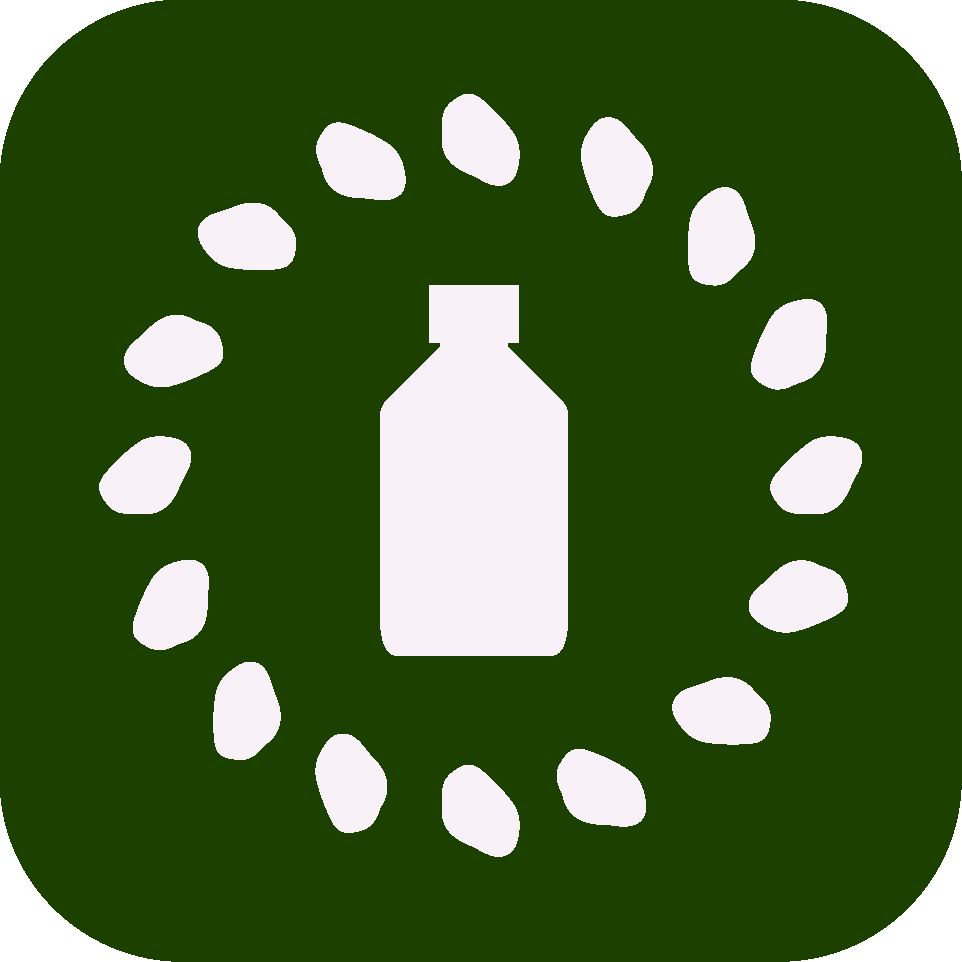Calling all women. Iâm sorry to tell you this, but your vagina is not just yours. It is also home to over 50 species of microbes. This is called your vaginal microbiome â the community of microbes that live in the vagina.
The gut and the vagina have very different microbial communities and scientists believe that rather than being healthy when it is diverse â like the gut â the vagina only needs a few species of microbes to thrive. Some of the most important and common of these are from the lactobacillus family. And they are very helpful because they produce lactic acid which is really important to stop the pathogens (the bad bugs).
Every month, if youâre premenopausal, there are changes in your vaginal microbiome. When oestrogen and progestogen are at their lowest â when you get your period â that is when the diversity in the vaginal microbiome increases. This high diversity seems to be associated with increased risk of infection. But if your lactobacilli are working properly you are more likely to have a healthy vagina.
A recent study selected women to receive the microbe lactobacillus. Before they started 33 percent of them had bacterial vaginosis. Taking the lactobacillus meant that 70 percent of patients with bacterial vaginosis got rid of it within one month. So, lactobacilli has been confirmed as a way to restore normal urogenital flora. But what can you do to look after your lactobacilli?
Donât douche
Lactobacillus are fragile and they donât cling onto the cells very well. Douching is the practice of washing out your vagina with homemade cleansers - a mixture of water and vinegar - or off-the-shelf feminine products and washes. Douching can loosen the lactobacillus leaving space for the bad bugs to take hold, and when they do they create a strong biofilm which is hard to remove and can lead to recurring instances of infection.
Approach antibiotics with caution
Treatment of bacterial vaginosis traditionally involves the antibiotics metronidazole or clindamycin. But the recurrence rate after taking these antibiotics remains really high, and treatment is not designed to restore the lactobacilli. Any antibiotic wipes out all the good and all the bad bacteria and so the pills threaten that wonderful lactobacilli culture that keeps you healthy. Obviously if it is advised by your doctor and necessary you shouldnât ignore a prescription but just be aware that youâre going to need some help to repopulate your microbes.
Take a probiotic that contains lactobacillus
There is evidence that taking an oral probiotic that contains lactobacilli does reach the vaginal microbiome and get to work. At Microbz weâve just launched a new living liquid specifically for women. It contains 15 families of beneficial microbes combined with 18 herbs and minerals that are known for supporting womenâs health and balancing hormones and it is bursting with lactobacilli. We develop bio live cultures that are never freeze dried and are able to get to work immediately.
Made with love in the UK
100% natural

Sustainable packaging
Gluten, dairy & sugar free
Vegan *



